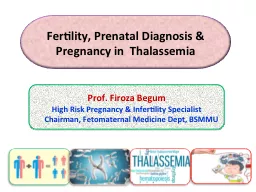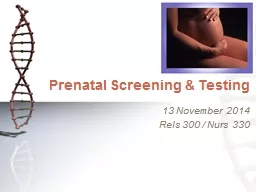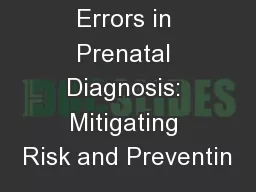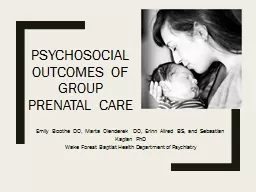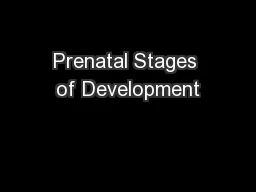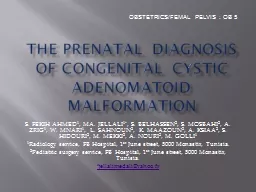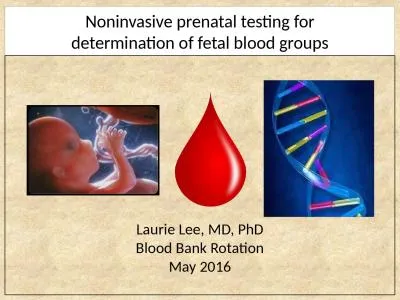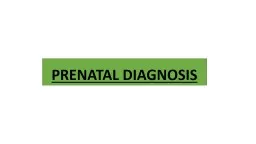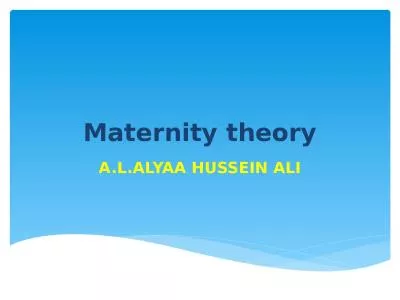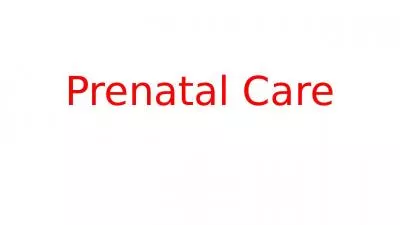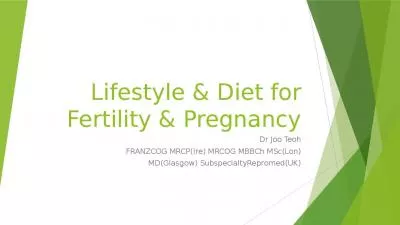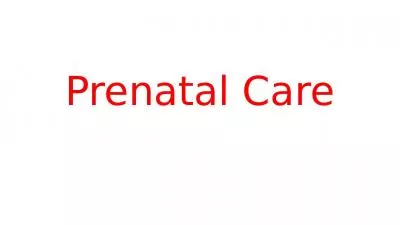PPT-Fertility, Prenatal Diagnosis & Pregnancy in
Author : dollysprite | Published Date : 2020-06-16
Thalassemia Prof Firoza Begum High Risk Pregnancy amp Infertility Specialist Chairman Fetomaternal Medicine Dept BSMMU Introduction Hemoglobinopathies are among
Presentation Embed Code
Download Presentation
Download Presentation The PPT/PDF document "Fertility, Prenatal Diagnosis & Preg..." is the property of its rightful owner. Permission is granted to download and print the materials on this website for personal, non-commercial use only, and to display it on your personal computer provided you do not modify the materials and that you retain all copyright notices contained in the materials. By downloading content from our website, you accept the terms of this agreement.
Fertility, Prenatal Diagnosis & Pregnancy in: Transcript
Download Rules Of Document
"Fertility, Prenatal Diagnosis & Pregnancy in"The content belongs to its owner. You may download and print it for personal use, without modification, and keep all copyright notices. By downloading, you agree to these terms.
Related Documents

